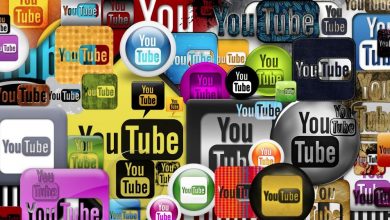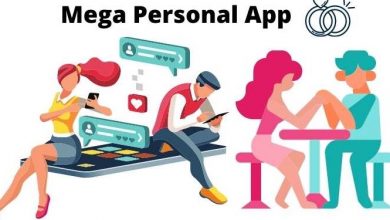Can AI translate accurately translate historical texts?

For centuries, translating historical texts has been the preserve of scholars and linguists deeply immersed in ancient cultures and languages. Today, with the rise of artificial intelligence (AI), there’s growing interest in using machine learning models to decode and translate documents written in extinct or archaic languages. But the question remains: Can AI truly and accurately translate historical texts?
The answer is complex. While AI has made remarkable strides in natural language processing (NLP), historical texts pose unique challenges that make accurate translations difficult. Let’s explore the intricacies involved, the current capabilities of AI, and where the field might be heading.
The Unique Challenges of Translating Historical Texts
Unlike contemporary languages, historical languages often lack large, structured corpora that AI models use to learn. These texts are usually fragmented, worn, and written in scripts that are no longer in common use. Some of the most formidable challenges include:
- Limited data availability: Unlike modern languages, historical ones don’t have thousands of books or transcriptions available to train AI.
- Contextual understanding: AI may struggle with interpreting culture-specific idioms, metaphors, or concepts that have no direct modern analogs.
- Language evolution: Word meanings, grammatical structures, and expressions change over time, often rendering the original nuance or intent lost on modern interpreters, AI included.
- Script variability: Many historical texts are written in calligraphic or regionally varied scripts, complicating even the first step: character recognition.
How AI Is Being Used Today
Despite these challenges, AI is making notable progress. Researchers are deploying deep learning and computer vision techniques to train models specifically tuned to historical document digitization and translation.
Optical Character Recognition (OCR): Specialized OCR for ancient scripts allows AI to transcribe characters from scanned manuscripts. Examples include tools used to read Latin, Ancient Greek, or Egyptian hieroglyphs.
Neural Machine Translation (NMT): Modern AI models like those developed by Google Translate or DeepL use NMT to predict translations based on massive parallel text data. In historical translation, researchers are attempting to build limited domain-specific NMTs using whatever aligned historical and modern language texts they can find.
AI in Epigraphy: Tools like Pythia from the University of Oxford have demonstrated early success in reconstructing damaged Greek inscriptions. Instead of generic language models, these tools are fine-tuned for precision on narrow datasets.
Success Stories and Limitations
There are compelling examples of AI breaking new ground in this field:
- DeepScribe: A project developed at UC Berkeley uses machine learning to digitize and translate Sumerian cuneiform tablets.
- Pythia: Capable of predicting missing words in fragmented Greek inscriptions with impressive accuracy.
- Google’s Fabricius: An experimental tool designed to help decode Egyptian hieroglyphs using machine learning.
However, these tools are far from perfect. Often, human oversight is still essential. Errors can stem from minor issues like misinterpreting script curvature or more complex ones such as misunderstanding historical symbolism or contextual usage.
[ai-img]machine learning, neural networks, ancient languages[/ai-img]A Collaborative Future: AI and Human Experts
Perhaps the most promising approach isn’t an either-or scenario, but a collaborative one. AI can assist historians and linguists by:
- Processing large volumes of text more quickly than humans.
- Suggesting possible translations for fragmentary or repetitive sections.
- Improving reconstructions based on existing partial translations.
With AI handling repetitive and probabilistic tasks, researchers can focus more on nuanced interpretation and cultural analysis. This synergy can significantly accelerate the decoding of ancient manuscripts and the dissemination of knowledge previously locked away in unknown languages.
The Road Ahead
As AI continues to evolve, its ability to handle the complexity of historical texts will improve—especially with innovations in:
- Transfer learning: Applying knowledge from modern language models to historical data.
- Multimodal AI: Combining text, image, and metadata analysis for richer contextual understanding.
- Crowdsourced annotation: Enriching training datasets through collaborative human-AI platforms.
In conclusion, while we are not yet at a point where AI alone can perfectly translate historical texts, it is becoming an indispensable companion in unraveling the past. Its current contributions are groundbreaking, and the future holds even more exciting potential for unlocking humanity’s ancient stories.



